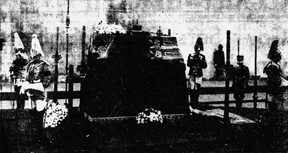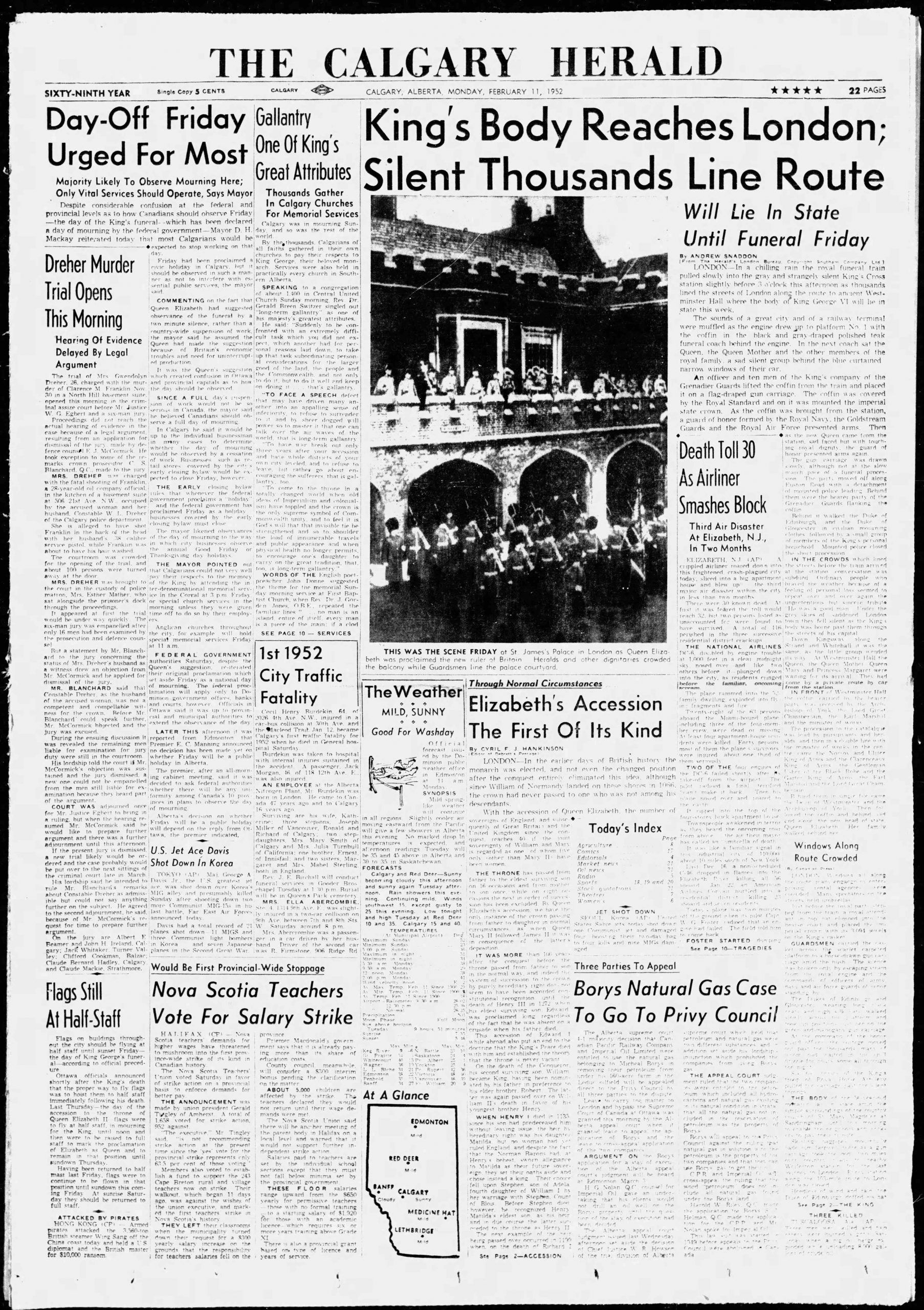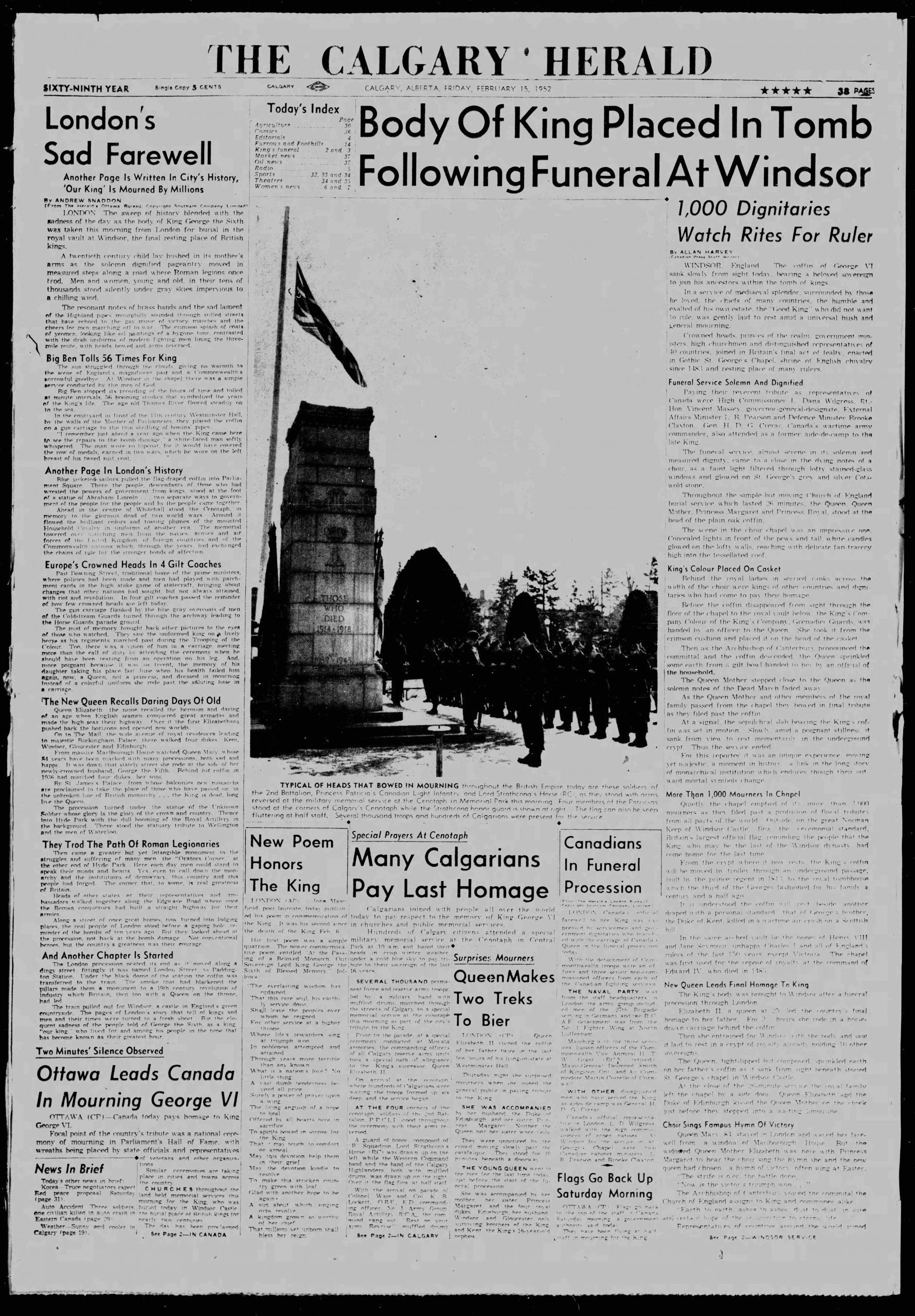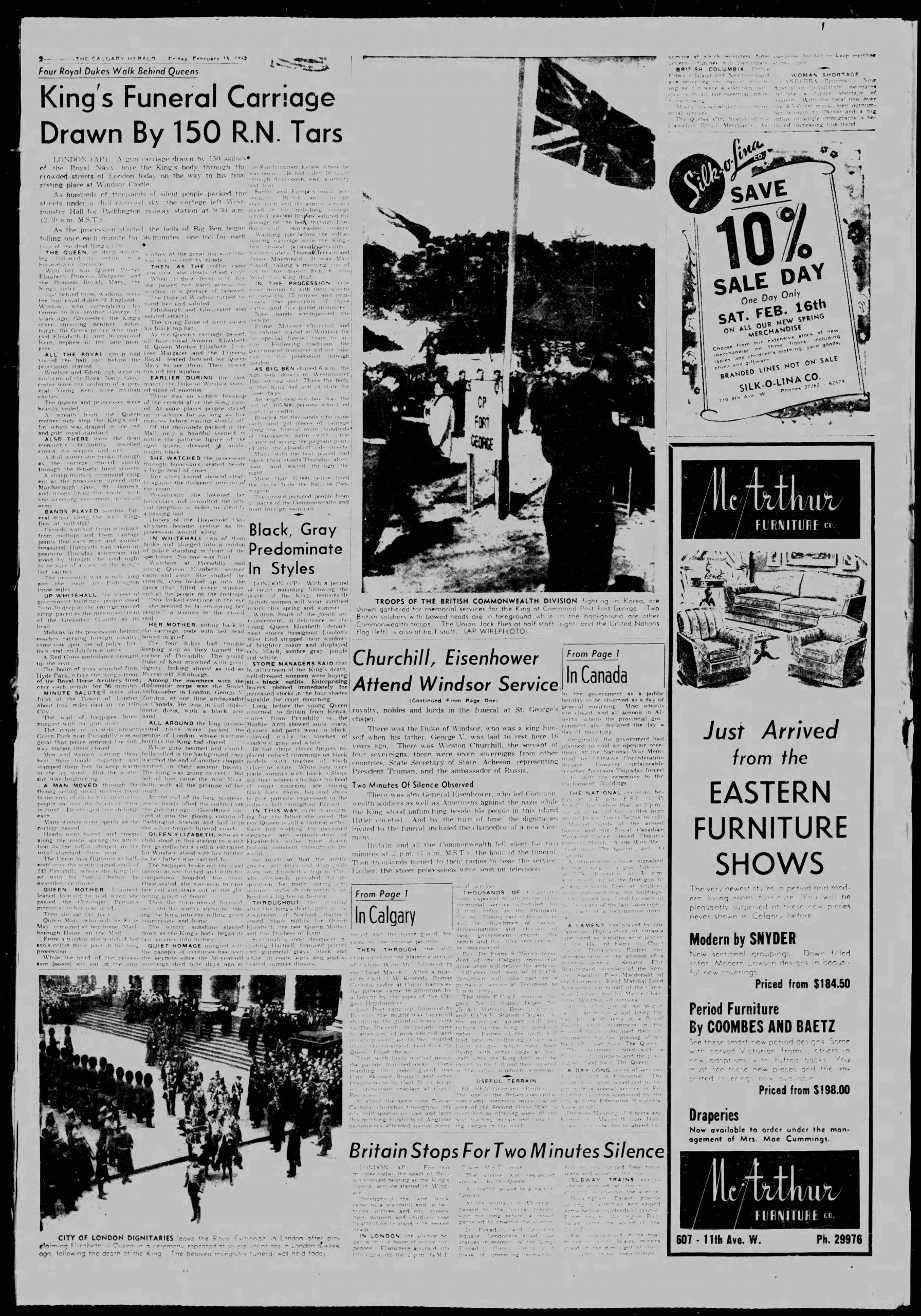
.
The last time the UK buried its ruling monarch was in 1952, when King George VI died on February 6 of that year. His daughter, then Princess Elizabeth, ascended the throne as several days of mourning and traditional services ensued. This is what the burial of a royal ruler looked like in the UK 70 years ago.
Announcement 2
.
After his death at Sandringham House, the King was transferred to Westminster Hall on February 11, where he lay in state for three days while more than 300,000 people filed past the coffin to pay their respects. (Currently, Queen Elizabeth II lies in state in the same spot, where hundreds of thousands line up to pay her respects.)
.
King George’s funeral was held on February 15 and began with a procession to a railway station so that his body could be taken to Windsor. “A gun carriage pulled by 150 Royal Navy sailors carried the king’s body through the busy streets of London,” recalled an article in the Calgary Herald newspaper. Hundreds of thousands of people filled the streets along the way, while Big Ben chimed once a minute for 56 minutes, representing the King’s age of 56. The crowds were 30-35 people deep at some points.
Announcement 3
.
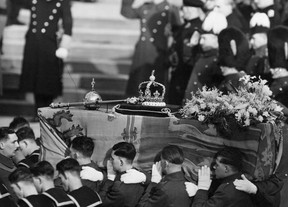
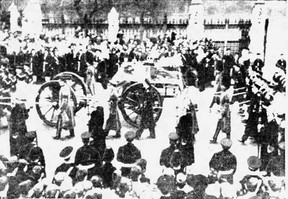
During the procession, Queen Elizabeth II rode in a horse-drawn carriage behind the coffin, along with her mother (the Queen Mother), her sister Princess Margaret, and the King’s sister Princess Royal Mary. Walking behind them in slow march were the four royal dukes of England: two of the king’s brothers (including Edward, who abdicated the throne to George), a nephew, and Philip, the husband of Queen Elizabeth II. With the participation of various military units, bands, police and fire detachments, civil defense units and floats carrying foreign royalty, the procession itself was a mile long. The route they traveled was three miles. As the procession moved through the streets, the King’s Troop of the Royal Horse Artillery fired once every minute for 56 minutes.
Announcement 4
.
Following the coffin’s arrival at Windsor, another procession ensued as the King was carried to St George’s Chapel at Windsor Castle. The procession was televised, but the funeral itself was not. The entire country stopped for two minutes of silence everywhere in honor of the King. Wherever there were people in the streets, they stopped and bowed their heads in silence; even the subway trains stopped at the appointed time.
Then, in a 26-minute burial “medieval splendor service”, the Queen, the Queen Mother and Princess Margaret stood at the head of the simple oak coffin, which was lowered into the royal tomb at Castle Windsor. Kings of other nations and heads of state from a variety of countries, including Canada’s High Commissioner, stood nearby, as a choir sang. Queen Elizabeth II sprinkled earth from a golden bowl over the coffin as it was lowered.
ad 5
.
More than 1,000 mourners from the chapel filed past floral tributes that had come from all over the world.
In Calgary that day, several thousand Reserve and Standing Army soldiers marched through the streets, led by a military band with muffled drums. Prior to the parade, commanding officers from all Calgary Army Reserve units took a special oath of allegiance to the new Queen. Many citizens paid tribute to the King and hundreds attended a special military memorial service at the Cenotaph in Central Park, mourning the King they had known for 16 years. An honor guard from local military units was deployed. After a military band played several pieces, the Last Post was played. The service ended with the band playing and people singing God Save the Queen.
